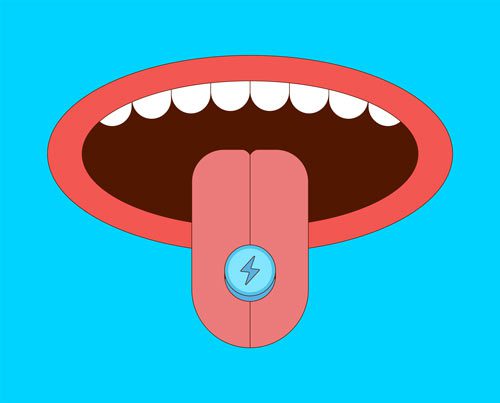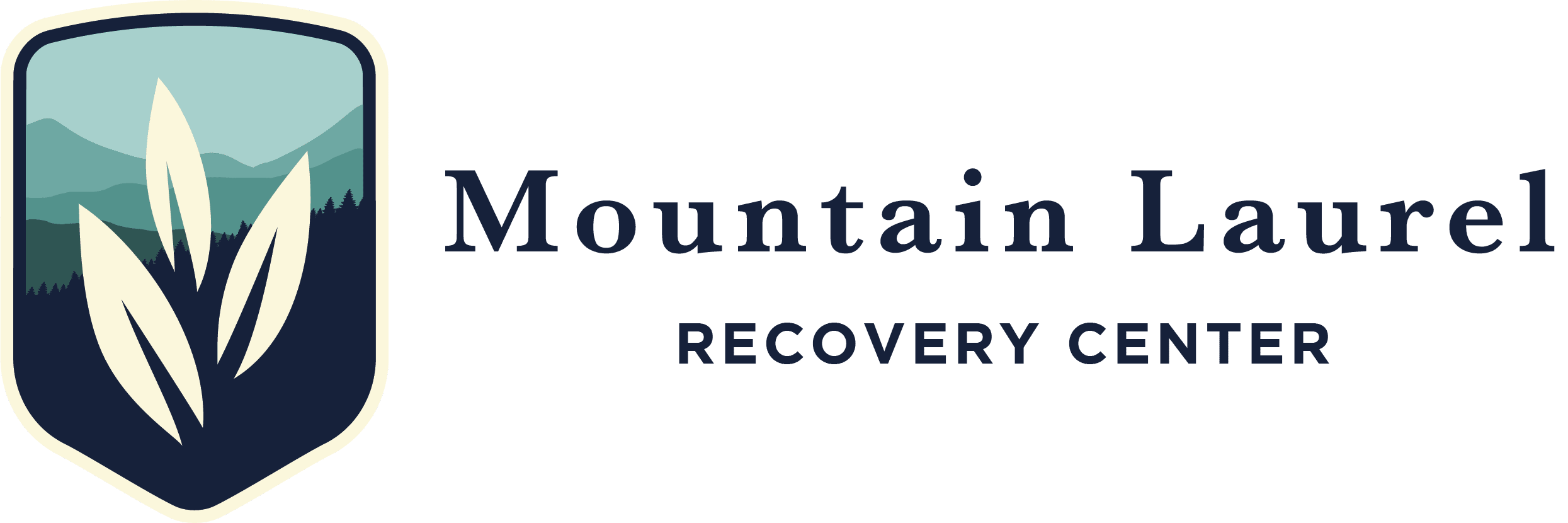Not Just Harmless Fun

1. Multiple Club Drugs Are Often Used Simultaneously
Club drugs are often used together or with alcohol, which intensifies the risks associated with substance abuse. Common types of club drugs that may be taken together include:
- Cocaine. This psychoactive stimulant drug is usually sold as a fine, white powder that is snorted or dissolved in water and injected.
- Ecstasy. Also known as molly or E, ecstasy is most often sold as brightly colored tablets with products or cartoon characters on them. The tablets can sometimes be strung on necklaces that look like they are made of candy.
- Methamphetamine. Powerfully addictive, meth can be found as a white, odorless crystalline powder or in crystals that look like shards of glass or rock salt.
- LSD. Lysergic acid diethylamide can be purchased as tablets, capsules, or gelatin squares that are dissolved on the tongue.
- GHB. Gamma-hydroxybutyrate is a tasteless and odorless liquid or powder.
- Ketamine. Generally, ketamine is available as either a colorless, odorless liquid or as a white or off-white powder.
- Rohypnol. Originally a white tablet that was odorless and colorless, Rohypnol is now sold as an oblong light green pill with a blue core.
2. Club Drugs Can be Given to People Without Their Consent
The link between club drugs and sexual assault is well established. Club drugs negatively affect a person’s judgment, coordination, and reaction time. They make it easier to physically overpower a person and can cause memory loss that makes it difficult for a victim to report the crime to the authorities.
GHB, Rohypnol, and ketamine are often referred to as “date-rape drugs” and can be slipped into a person’s drink without their consent. This practice is so common that young women are widely instructed to never leave their drinks unattended at a crowded bar. Various online websites sell test strips that reportedly detect the presence of drugs in a person’s drink, but their accuracy is questionable.
While sexual assault is the most common reason drugs are given to individuals without their consent, robbery is another potential risk. This includes everything from taking a victim’s cash and credit cards to car theft.
3. Contaminated Drugs Are Common
Whenever you’re buying any sort of illegal substance, it’s impossible to say for certain what it is that you’re purchasing. Contaminants remain a persistent problem with club drugs.
Some of the many different contaminants found in club drugs include:
- Caffeine
- Aspirin
- Powder laundry detergent
- Borax
- Baking soda
- Talcum powder
- Other drugs, such as heroin, PCP, fentanyl, or bath salts
Contaminated drugs increase the risk of an adverse reaction—including overdose, permanent cardiac or respiratory damage, and accidental poisonings.
4. Club Drugs Can Worsen Presenting Mental Health Disorders
It’s common for individuals who abuse club drugs to be attracted to the idea of temporarily escaping from feelings of anxiety and depression. However, self-medicating the symptoms of a mental health condition with addictive substances is bound to backfire.
Repeated substance abuse inevitably leads to a decline in a person’s overall mental health. In extreme cases, substance abuse increases a person’s risk of self-harm or suicide. Club drugs affect impulse control and judgment, which can cause a person to feel as though their problems are overwhelming and that there is no other way out.
5. Treatment Is Available
It’s important to keep in mind that addiction is a biologically based illness—not a character flaw. Someone who is unable to stop using club drugs needs access to medical treatment—not shame or judgment.
At Mountain Laurel Recovery Center, we provide a full continuum of care for men and women with substance abuse disorders. Our Pennsylvania residential addiction treatment center provides detox services to establish a sober baseline, followed by extensive individual, group, and family therapy as well as various holistic treatments that promote the development of a wellness-focused lifestyle. Since a lasting recovery is about more than simply abstaining from the use of addictive substances, our clients learn how to address the effects of co-occurring mental health disorders, process past trauma, handle stress effectively, and communicate with their loved ones in a healthy fashion.
While there’s always hope for recovery, addiction is easiest to treat when substance abuse is promptly addressed. There is no need to wait for a “rock bottom” moment like an overdose or drug-related arrest. Now is your time for recovery.
